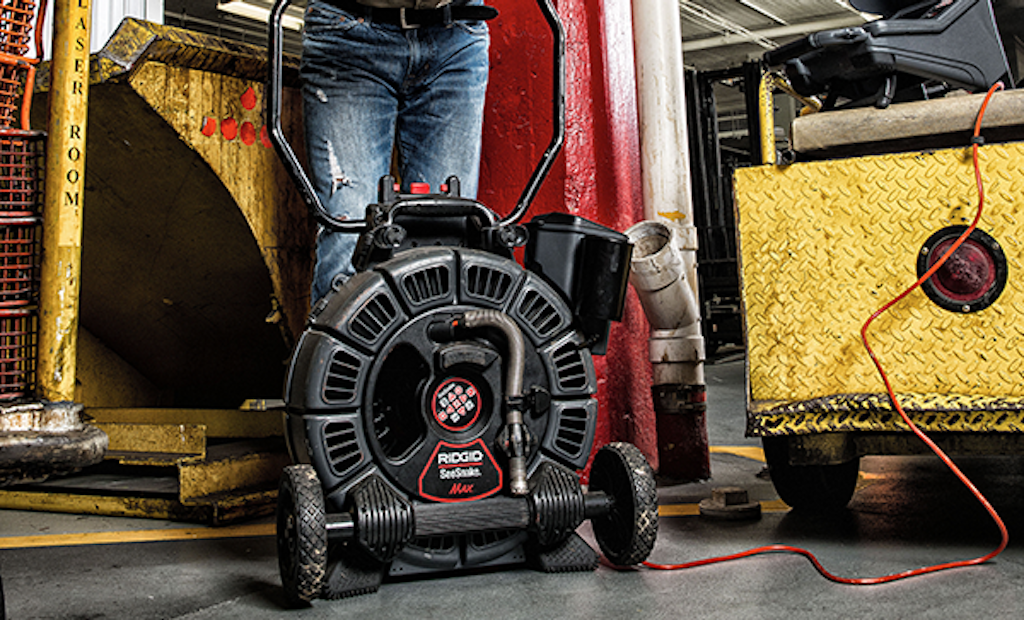Interested in Cleaning?
Get Cleaning articles, news and videos right in your inbox! Sign up now.
Cleaning + Get AlertsIf you are thinking about adding diagnostics to the services your company offers, taking some time to research and understand the different types of equipment and their uses is essential to making a wise investment and maximizing ROI.
As you are beginning to compare diagnostic tool options, here are some questions to consider:
Do you have a complete system?
Many contractors just starting out purchase only the reel and monitor initially, but investing in a locator should also be on the list in order to have a complete system. The reel and monitor will let you view and show clients any issues you find, while the locator lets you know where and how deep to dig. Look for tools that can work together seamlessly. For example, the RIDGID line of diagnostic solutions is designed to be interchangeable and to complement each other.
What pipe size do you frequently work with?
When looking at a reel, consider the pipe distance and the diameter you most frequently work with. For example, if you work with clean-outs, you will want a reel that is at least 100 feet or longer. And if you commonly work in pipe 2 to 6 inches, you will not want to get a reel that has cable with a capacity range from 1 to 2 inches. Cables that are used in drains larger than their recommended range may turn on themselves and kink.
Is the equipment easily transportable?
Equipment size, weight and transportability are important factors to consider. Many plumbers and drain cleaners find themselves working in crawl spaces, attics and climbing ladders to access roofs daily. You need to be able to get your equipment to the job site safely and with minimum stress on your body.
Do the tools support easy sharing of information?
One of the biggest advancements in recent years has been the ability to share content more easily through various data transfer methods. Recording to a USB drive is still common on many systems, but the challenge with that is getting the device into the hands of the decision-maker (home/business owner, supervisor, inspector). Wi-Fi compatibility lets you easily connect your Internet enabled device to the system then text and/or email your findings immediately. That is huge when it comes to time management. You can find the issue, send it to the decision-maker, and make well-informed decisions allowing you to proceed with the job.
Does the tool technology make your job easier?
Advancements in technology are adding new capabilities to tools rapidly. Take time to consider how the new abilities will benefit the work you do and find the best solutions for your work. For example, understanding you can’t fix what you can’t see, RIDGID recently added TruSense technology to their line of inspection reels. TruSense vastly improves down pipe visibility and provides more data about the environment in-pipe, information that is beneficial on every job site.
The answers to these questions will guide you in purchasing diagnostic tools that meet your needs and perform best on the job site.
To learn more about RIDGID diagnostic equipment visit RIDGID.com/Diagnostics.






